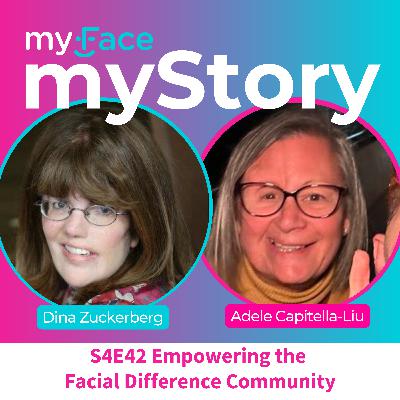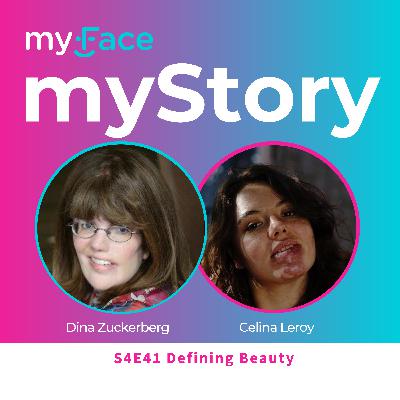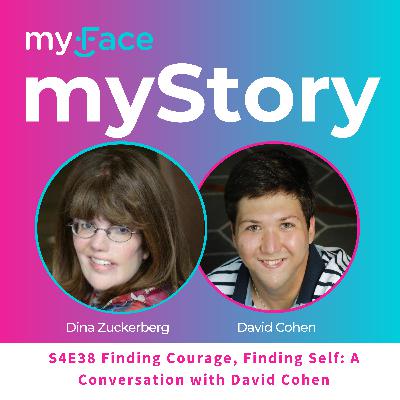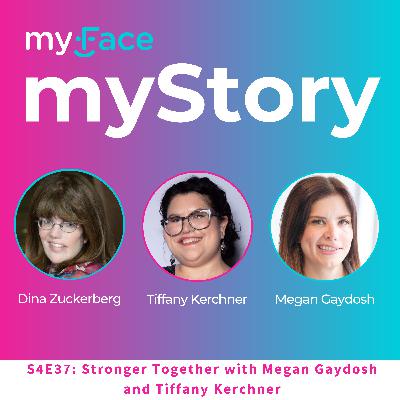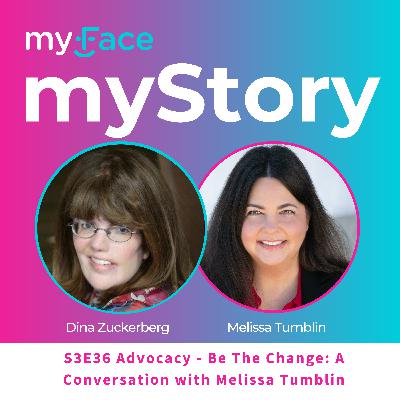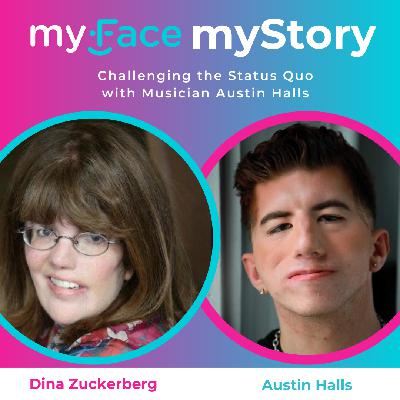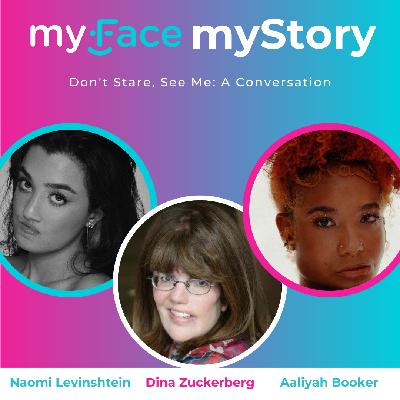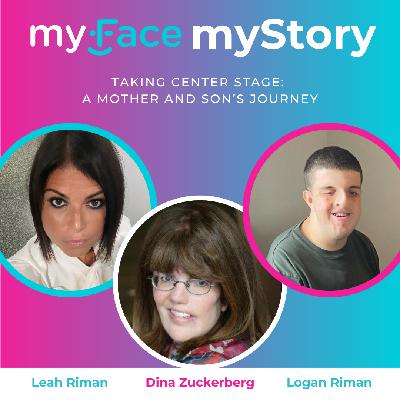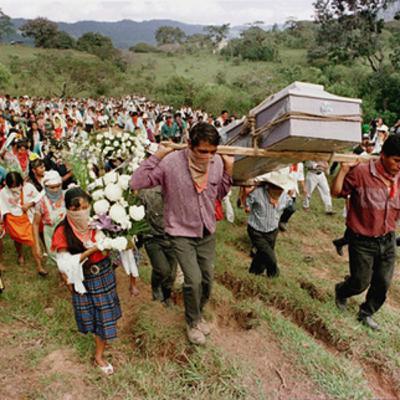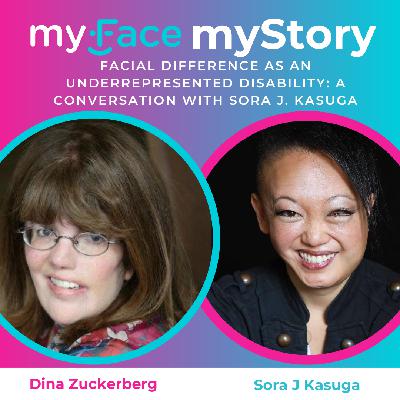I've Just Seen A Face - Toolkit for Caregivers with Amy Mendillo
Description
On this month's myFace, myStory podcast, host Dina Zuckerberg is joined by Amy Mendillo – author, advocate, and parent of a child born with a cleft lip and palate. Amy discusses themes from her new parent guidebook, I've Just Seen a Face: A Practical and Emotional Guide for Parents of Children Born with Cleft Lip and Palate, including the roles of caregivers as key advocates in their child's journey, both in and out of health settings. She also touches on the emotional issues that can arise for cleft parents before and during their baby's first year of life, such as fears related to bonding, sadness and loss when a baby is unable to breast-feed, and the complex feelings caregivers experience when a baby's face changes through surgery.
Learn more about the book, I've Just Seen a Face, at: www.amymendillo.com. To explore more parent guides and family resources, check out www.myface.org/parent-guides.
[FULL EPISODE TRANSCRIPT]
- [Announcer] Welcome to "myFace, myStory: Voices from the Craniofacial Community", with your host, Dina Zuckerberg.
- Hello and welcome to "myFace, myStory: Voices from the Craniofacial Community". Whether you're watching on YouTube or listening on Apple Podcast, click subscribe now, so you don't never miss a future episode. And if you're a fan of "myFace, myStory", rate and review the program on Apple Podcast, so we can get on messages of inclusivity and empowerment to more people. I'm your host, Dina Zuckerberg, the Director of Family Programs at myFace. I was born with a clef lip, a hearing loss, and no vision in my left eye. "myFace, myStory" is about people like us being seen and heard, about sharing stories within the craniofacial community and with others. Today, I will be joined by Amy Mendillo. Amy Mendillo is a writer, author, and advocate. Her book, "I've Just Seen a Face" is a practical and emotional guide for parents of children born with cleft lip and/or palate. Amy holds a master's in public policy from Brown University and master's in bachelor's degrees in music from Northwestern University and the Oberlin Conservatory of Music. She has consulted on state level health issues, advocated for local and city level policy, and worked as a writer-editor for the American Cleft Palate Craniofacial Association, where she currently serves on this family resources committee and board of directors. A proud cleft parent and adoptive parent, Amy lives with her family in Providence, Rhode Island. Welcome, Amy. I look forward to our conversation.
- Me too, Dina. Thank you so much for having me. It really is a pleasure to be here. I am a big fan of this show.
- Oh, thank you. So, can you share when you first learned that your daughter would be born with a cleft lip and palate? And take us back to that day?
- Yes. My husband and I learned about our daughter's diagnosis at a prenatal ultrasound at around 20 weeks gestation. And we had come into that experience with a long history of infertility. We tried for years to conceive and carry a pregnancy, and we ultimately adopted our first child joyfully, and then subsequently returned to the fertility clinic and were able to become pregnant and carry this pregnancy. And we ultimately learned of our daughter's diagnosis at around week 20. And so, at every turn, our history involved bad news. We would, at every ultrasound, at every test, every measure of progress, we were accustomed to hitting roadblocks. And so, when we came into this 20-week ultrasound, we were in a kind of position where we were braced. That said, I was totally taken aback by the news. I remember when the doctor was clicking and blinking and the tones were so soft and everyone was trying to stay, all the professionals were trying to stay calm, but inside, feeling this torrent of feeling and feeling almost sickened and learning this news that our daughter would be born with cleft lip and palate. And I think there were two things involved with that. One that I had heard of clefts. I had heard of, I knew what it meant, what a cleft lip meant, what a cleft palate meant. But I was unaware and my husband was unaware of all the other things that are involved. The hearing can be involved, that speech is involved, the dental health, that appearance is involved, that a baby is unable to breastfeed or consume milk through its traditional manner. That part really felt overwhelming. And also, the element of what other health conditions could be at play, that felt really unsettling. And I know that all of us are subject to health problems and that a pregnancy by definition, evokes a sense of risk. But we're intimately more aware of it now that we had learned this news. And so, we underwent future more tests and ultimately ruled out as far as we could other conditions. A cleft lip and palate can be, as you know, can be isolated, but it could also occur in the presence of a genetic syndrome, meaning that other differences are present at birth. And ultimately, our daughter was born with isolated cleft lip and palate, but that process of undergoing that future, of that testing felt unsettling.
- I think about my own parents. They didn't even have the ability to find out ahead of time. So, they didn't find out until I was born. So, we certainly have come a long way into understanding, at least to know before, which I guess we can talk, we'll talk a little more about that a little later. Can have its positives and its negatives, right?
- Absolutely.
- when you find out ahead of time. So, for those that might not know, what is a cleft lip and palate and how common is it?
- Yes, a cleft lip is an opening in the upper lip, opening or openings. A cleft palate is an opening in the roof of the mouth that occur at birth. The incidents, according to the American Cleft Palate Carniofacial Association, is about 1 in 600 births. But that statistic does vary depending on the type of cleft. And clefts occur during the very early stages of a pregnancy when the parts of the head and face to come together from the sides toward the center and fuse. And so, when a cleft happens, that process fails to happen. So, there's no missing material necessarily, rather a failure of those two parts of the head to fuse.
- Okay. So, why did you decide to write this book?
- Yes. I decided to write a book based on two main observations. One was that that moment of learning the news, that feeling of overwhelm, that the crisis resolved. And after time and with experience, my husband and I realized that that moment was not what the rest of our daughter's life was going to be about. And I wanted to share that idea and with other families who might be similarly worried. And to include a lot of other voices of other parents as I did.
- Right.
- And the second observation was really a little bit more practical, and that was that my husband and I looked for and couldn't quite find an all-in-one current guidebook for cleft lip and palate, something that not only offered basic explanations of the condition and its treatment, but also addressed the myriad questions we had along the way. Both in a practical sense, on the ground, day-to-day questions having to do with treatment and operations and recovery. But that also discussed the emotions that come up during that time. It can be really some very sensitive issues. So, I decided to create one. I have a background in classical music. My first career was as a professional oboist, but I, since I had switched careers, went into public policy with an emphasis on health and research and writing. So, I created this book, which has now finally arrived after many years. It's called "I've Just Seen a Face, A Practical and Emotional Guide for Parents of Children Born with Cleft Lip and Palate, Year One and Beyond". And I know it's a little bit of a cliche to sound, to say that it feels like a birth, but it actually does in my case.
- I've heard a lot of writers say that. It's almost like giving birth to a baby.
- Yes.
- So, I did manage to read a lot of it. I will say it's a lot of information. What I loved about the book is if you wanna just look at this, you can go to that chapter.
- Right.
- Like you said, it's really not meant to be read from cover to cover necessarily.
- Right. Yes.
- But it's a great resource. And what I also love is that you do address the emotional side of it. 'Cause I think that is just as important as well and not always discussed in the day to day,
- Right.
- especially when you're going to all the medical doctors. You're so focused on the medical side of it, but not really addressing the emotional side of it, so.
- It's so important.
- Yeah. So, how did you decide to do your research for this book?
- Yes. The research for this book draws in part from my personal experience. I narrate the book as a fellow parent. And I do include four short personal essays that





